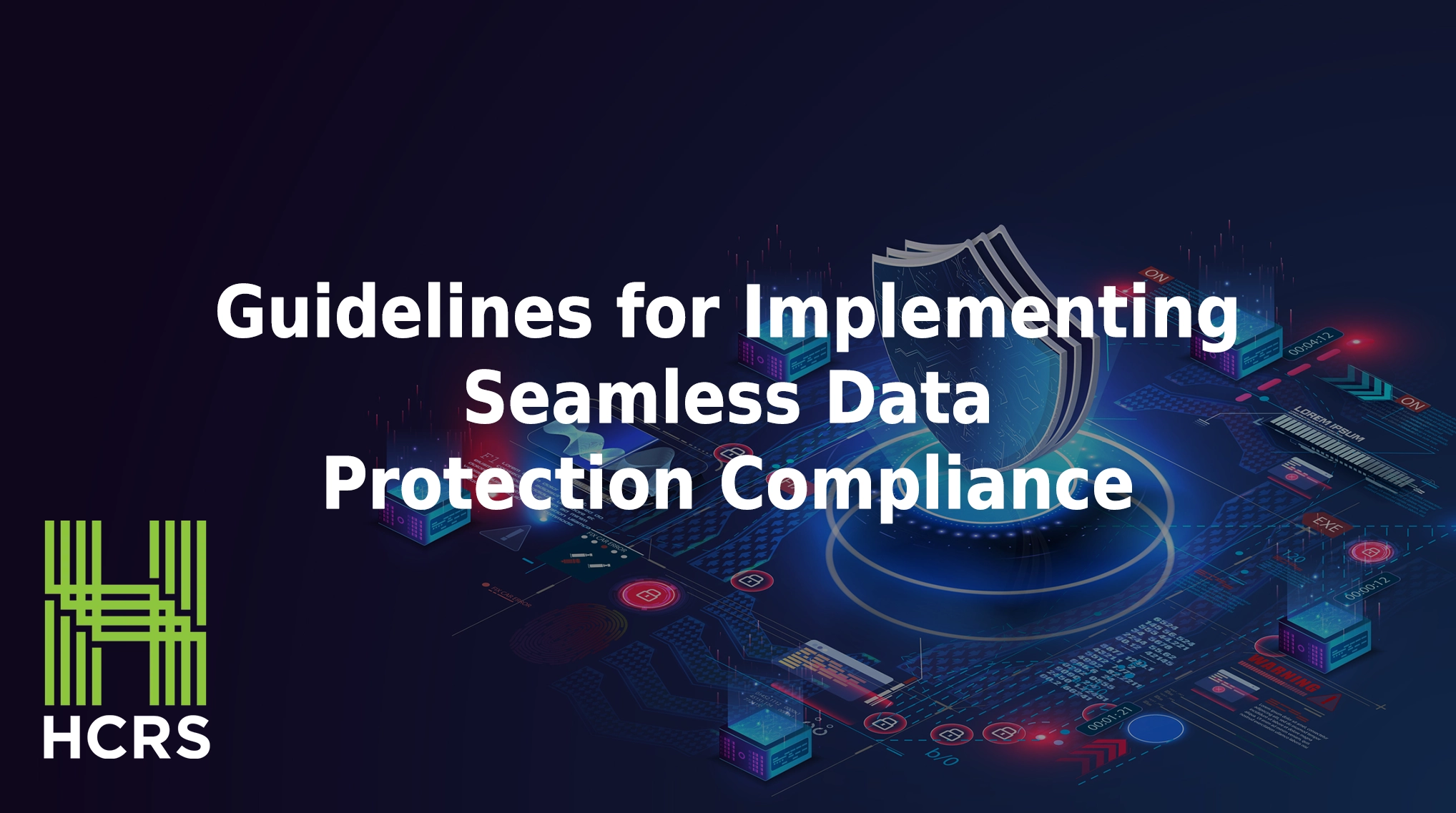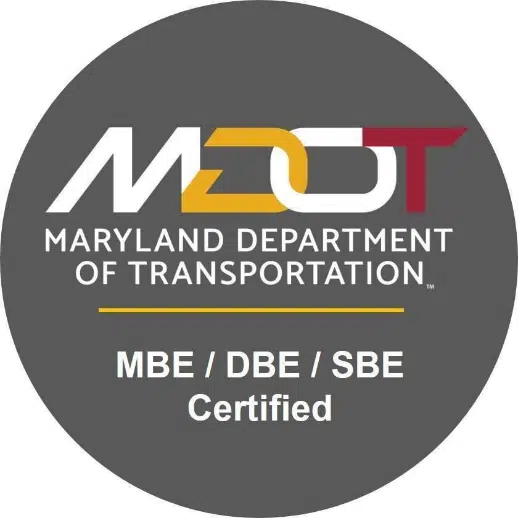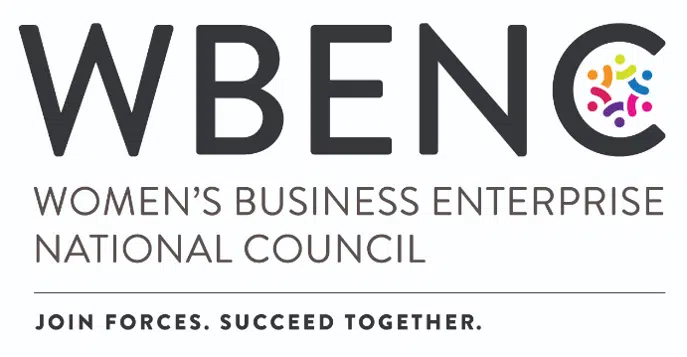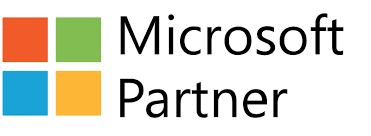
Guidelines for Implementing Seamless Data Protection Compliance
In the insurance industry, safeguarding sensitive information is paramount. This is especially true if you or your clients contract with the government, and therefore must meet requirements under the Cybersecurity Maturity Model Certification (CMMC). If you’re looking for ways to ensure confidentiality, integrity, and availability of your key documents, we have the means and guidelines for implementing seamless data protection compliance.
Understanding Data Protection Compliance
Data compliance typically involves the following areas.
- Cybersecurity
Implementing robust protocols to protect data from cyber threats.
- Industry Regulations
Specific regulations can vary, but a big example is NIST SP 800-171.
- Data Management
Verifying the integrity and organization of your data storage; how that data is collected; and how it’s shared.
Effective compliance mitigates legal risks, enhances operational efficiency, and establishes customer trust.
Key Guidelines for Seamless Data Protection Compliance
1. Develop a Data Governance Framework
Establish clear policies and procedures for data handling, including data classification, access controls, and retention schedules. This framework should align with international standards such as ISO/IEC 27001 to ensure consistency and reliability.
2. Conduct Regular Risk Assessments
Identify and evaluate potential vulnerabilities within your data management systems. Regular risk assessments lead to proactive measures that address emerging threats.
3. Implement Advanced Security
Utilize encryption, multi-factor authentication (MFA), and intrusion detection systems to protect sensitive data.
4. Provide Continuous Employee Training
Educate staff on data protection policies and cybersecurity best practices. Regular training sessions foster a culture of compliance and empower employees to recognize and respond to potential security incidents.
5. Establish Incident Response Plans
Develop and regularly update incident response plans to address potential data breaches promptly. Having a structured approach ensures swift action to minimize damage and maintain compliance.
Best Practices and Real-World Applications
- Leverage Technology for Compliance
Implementing automated compliance management tools can streamline processes, reduce manual errors, and ensure real-time monitoring of compliance status.
- Collaborate with Third-Party Experts
Engaging with cybersecurity consultants can provide specialized insights for developing robust data protection.
- Stay Informed on Regulatory Changes
Review updates from regulatory bodies to verify compliance with current laws and standards.
Enhance Your Data Protection Compliance With HCRS
Implementing seamless data protection is crucial for your bottom line. HealthCare Resolution Services offers tailored solutions to assist in developing and implementing effective data protection strategies.
Contact us today to learn more about our services.










